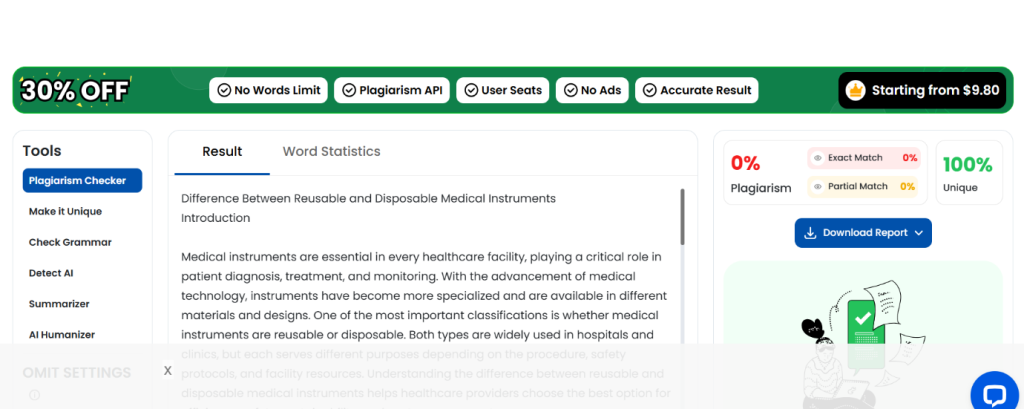
Medical devices play a critical role in healthcare by supporting diagnosis, treatment, monitoring, and improving patient care outcomes. Because these devices directly affect the health and safety of patients, strict regulatory systems are in place to ensure their quality and performance. Among the most recognized and important certifications worldwide are the CE marking in Europe and FDA approval in the United States. Both certifications aim to ensure patient safety, but their regulatory processes, requirements, and approval standards differ. Understanding these certifications is essential for manufacturers, healthcare providers, and distributors to choose compliant products that meet international safety standards.
CE marking is a mandatory regulatory requirement for medical devices sold within the European Union (EU) and European Economic Area (EEA). The letters “CE” stand for “Conformité Européenne,” which means “European Conformity.” A CE mark indicates that a device complies with EU safety, health, and environmental protection standards.
The CE certification process is based on a risk classification system. Medical devices are divided into four main categories:
Manufacturers must provide technical documentation proving that the device meets the requirements set by the EU Medical Device Regulation (MDR). For higher-risk devices (Class IIa and above), a Notified Body independently reviews and verifies compliance before approval. Once the CE mark is granted, devices can be freely marketed within all EU member states.
FDA approval refers to the regulatory authorization required for medical devices sold in the United States. The U.S. Food and Drug Administration (FDA) is responsible for ensuring that medical products are safe and effective for public use. FDA requirements are considered some of the strictest in the world, particularly for high-risk medical devices.
Similar to the EU system, the FDA classifies devices based on risk:
Class I devices often do not require premarket approval, while Class II devices generally need “510(k) clearance,” which demonstrates that they are substantially equivalent to an already approved device. Class III devices must undergo “Premarket Approval (PMA),” which requires extensive clinical trials and scientific evidence to ensure safety and effectiveness.
Although both certifications aim to protect patient safety, their approach and requirements differ in several key ways:
CE marking focuses on safety and performance standards, while the FDA emphasizes both safety and demonstrated clinical effectiveness before approval.
CE marking typically provides faster market access because the approval process is less lengthy than FDA’s strict evaluation procedures.
A CE marking allows sales across the EU and EEA, while FDA approval is exclusive to the United States market.
FDA documentation is generally more extensive, especially for high-risk devices requiring clinical studies.
The CE process involves Notified Bodies, whereas the FDA itself handles all approvals and compliance enforcement.
These differences can influence manufacturers’ decisions regarding which markets to enter and in what order.
CE and FDA certifications serve as guarantees that medical devices meet established standards for safety, reliability, and performance. For healthcare providers, choosing certified devices reduces the risk of malfunction and protects patients from preventable harm. For manufacturers, these certifications strengthen product credibility and boost international market opportunities. Additionally, compliance decreases legal risks and ensures alignment with healthcare regulations.
Achieving CE or FDA certification requires significant investment in research, testing, documentation, and quality management systems. Manufacturers must maintain detailed records of product design, materials, testing data, and results from clinical evaluations when required. After approval, devices must continue meeting quality standards through ongoing audits, post-market surveillance, and reporting of any incidents.
With growing innovation in healthcare technology, global regulators are continuously updating standards to improve patient safety. The EU recently transitioned from the older Medical Device Directive (MDD) to the more comprehensive Medical Device Regulation (MDR), which applies stricter safety controls. Similarly, the FDA is adopting more digital tracking, faster approval pathways for breakthrough devices, and enhanced cybersecurity requirements for connected medical technology. These changes aim to keep regulations aligned with the rapid growth in smart medical devices, wearables, and AI-based healthcare tools.
Understanding CE and FDA certifications is crucial for anyone working with medical devices. While both approvals ensure patient safety, they differ in regulatory requirements, evaluation processes, and market scope. The CE mark enables faster access to the European market, while FDA approval offers strong assurance of clinical effectiveness in the United States. Together, these certifications help ensure that medical devices used around the world are safe, trustworthy, and effective for patient care. Healthcare facilities and distributors should always prioritize certified equipment to maintain high-quality standards and protect the well-being of patients.
If you are unable to find your desired product on our website, please don’t hesitate to contact us through the Contact Form. Our team will be happy to assist you with product availability, custom requests, or further information.
Agree Decline